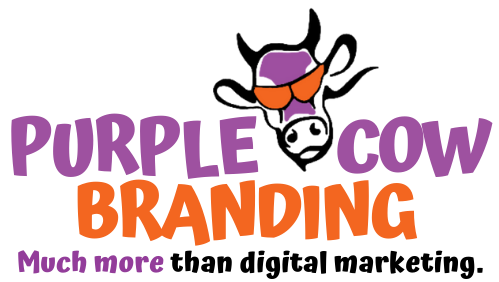When you’re first starting out, it can be tough to drum up business. You may not have the capital to invest in a full-scale marketing campaign, and you may not be sure where to start. The good news is that there are plenty of ways to get your name out there without breaking the bank. Keep reading for some tips on how to brand your small business on a budget.
Develop a Unique Selling Proposition (USP)
First things first, what makes your small business special? What do you offer that no one else does? This is called your unique selling proposition or USP. Your USP is what sets you apart from the competition and is essential for developing an effective branding strategy. Once you know what your USP is, you can begin to craft messaging and create visuals that communicate this to your target audience.
Identify Your Target Audience
It’s important to know who you’re talking to when creating your branding strategy. Who is your ideal customer? Identifying your target audience will help you develop messaging and visuals that resonates with them. There’s no use in trying to appeal to everyone—it’s much more effective (and efficient) to focus on a specific group of people. Once you know who you want to reach, you can begin planning how to reach them.
Develop an Effective Marketing Strategy
Once you know your USP and target audience, you can begin developing a marketing strategy. There are many low-cost (or even no-cost) marketing tactics you can use to get the word out about your small business, including content marketing, social media marketing, and email marketing. The key is to be strategic about which tactics you use so that you get the most bang for your buck. For example, if most of your target audience is on Facebook, it wouldn’t make sense to focus your efforts on Instagram. Plan each step of your marketing strategy carefully so that you don’t waste time or money on tactics that aren’t effective.
Choose Your Colors Carefully
Your color palette is one of the most important aspects of your brand. It will be used on your website, business cards, marketing materials, and more. Choosing colors that reflect the personality of your business and appeal to your target market is essential. Once you have chosen your colors, stick with them! Consistency is key when branding your small business.
Develop a Memorable Logo
Your logo is another important element of your brand. It should be simple, yet memorable, and easy to recognize. Think about some of the most well-known logos – Nike, McDonald’s, Apple – what do they all have in common? They are all very simple designs that are easy to remember. You don’t need to hire a pricey graphic designer to create your logo; there are many online resources that allow you to create a professional logo yourself for free or for very little cost. Once you have settled on a logo, use it consistently across all your branding materials.
Create Professional-Looking Materials
There are many ways to make your small business look more professional without spending a lot of money. One way is to invest in high-quality business cards and stationery. You can find good deals on websites like Vistaprint.com. Another way to present a professional image is to make sure your website looks polished and up to date.
Make sure employees are representing the brand properly
If you have employees, it’s important that they understand and represent the values of your brand properly. Train them on the importance of excellent customer service and maintaining a positive attitude. Make sure they are aware of the dress code policy and any other guidelines you have regarding interactions with customers or clients. Branding starts from within the company, so it’s important that everyone is on board with representing the brand in the right way.
Developing an effective branding strategy doesn’t have to be expensive—you just need to be strategic about it. Start by identifying your unique selling proposition and target audience so that you can craft messaging that resonates with them. Then, develop a marketing strategy centered around low-cost or no-cost tactics like content marketing, social media marketing, and email marketing. If you take the time to plan each step carefully, you’ll be able to successfully brand your small business without breaking the bank.


Recent Comments